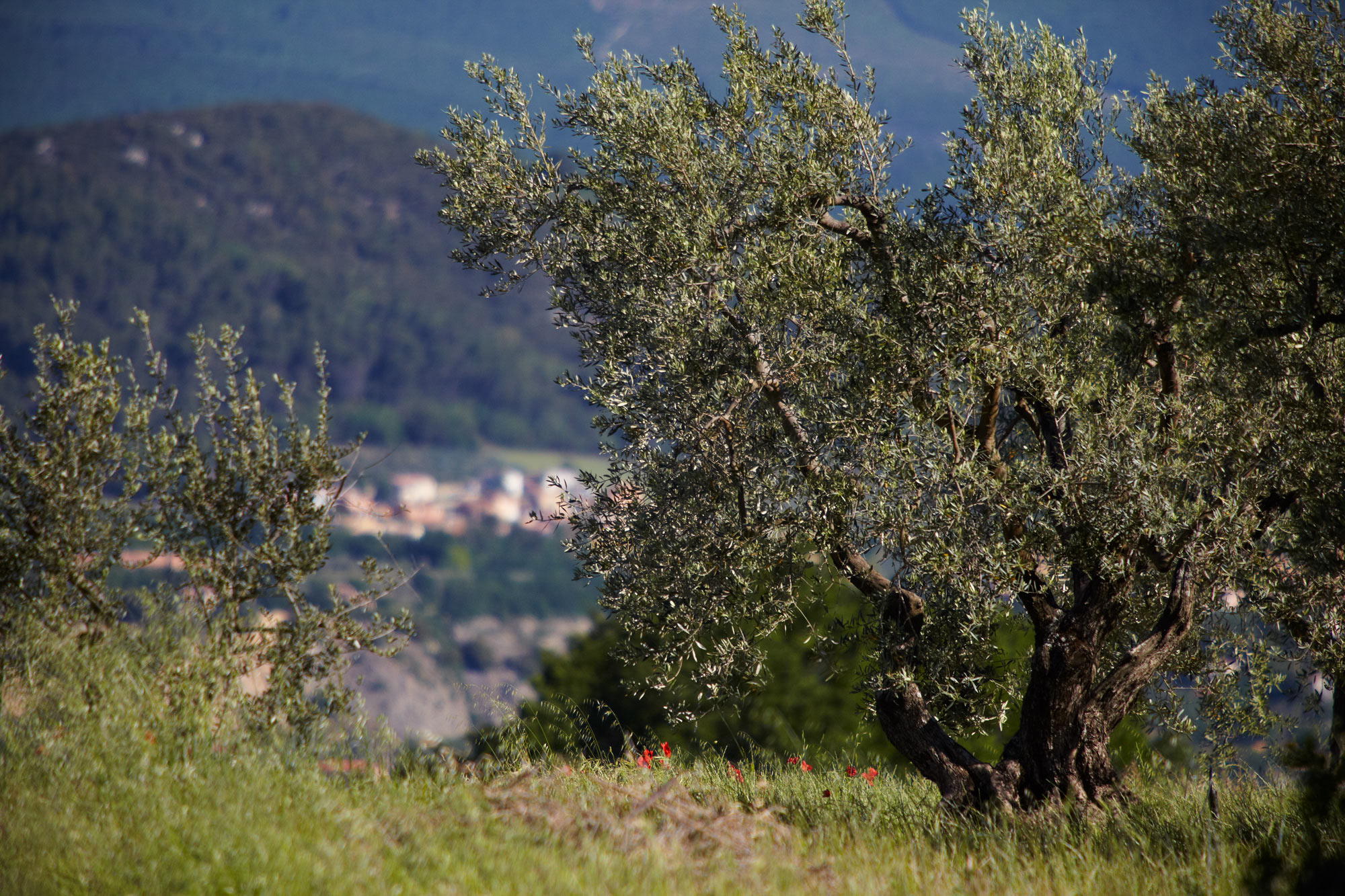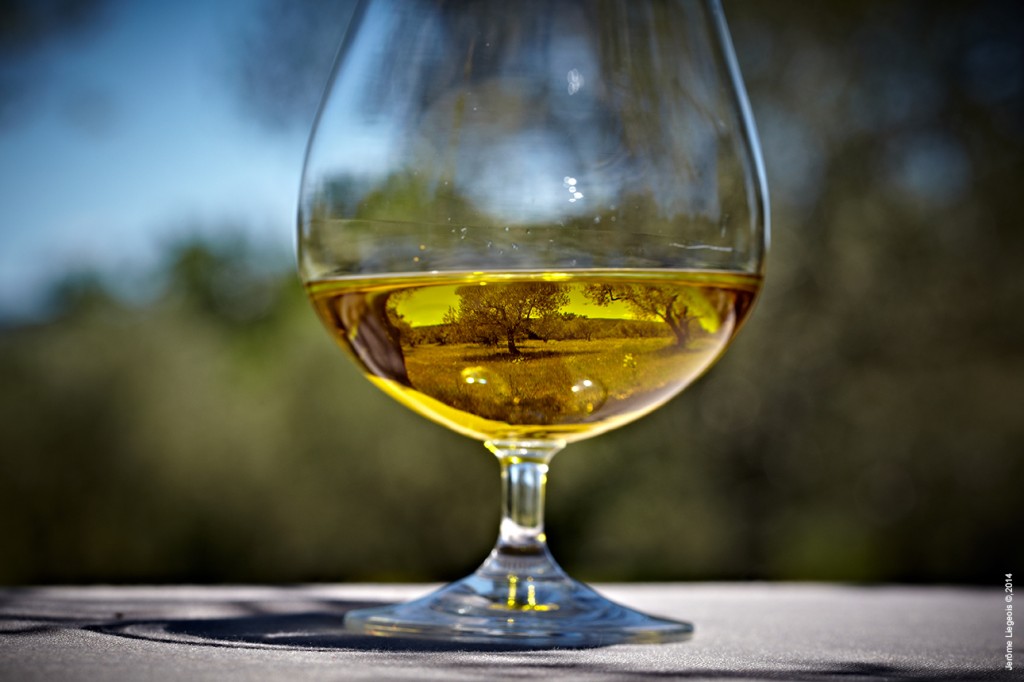Huiles d’olive : les AOP
For each of the olive areas in Protected Designation of Origin, were identified:
- The tan of the soil presenting the most optimal oil activity and where the cultivation of the olive tree was the most constant. So we can find olive trees which are several times centenarian in every identified PDO area.
- One or several specific varieties of the area.
- The cultivation, production and traditional transformation practises (density of the hectare, size, harvest date…). Their identification has a double aim: the inventory/preservation of the know-how and the respect of landscapes and environment.
- The typical character of olive oil. The implementation of the “Appellation d’Origine Contrôlée”(AOC) for an olive oil meets an administrative recognition of the specificity of this olive oil, specificity due to its origin. The respect of the rules defined by decree allows the expression of this typical character.
The PDO olive oils in Europe
The European Union counts 104 olive oils in Protected Designation of Origin:
– 30 in Spain including Baena, Priego de Cordoba, Les Garrigues, Montes de Toledo, …
– 42 in Italy including Riviera Ligure, Umbria, Terra di Bari, Sardegna, …
– 18 in Greece including Sitia, Kalamata, Irakliou Kritis, …
– 7 in France
– 6 in Portugal including Moura, Tras-os-Montès, Norte Alentejano, …
– 1 in Slovenia : Slovenske Istre.








